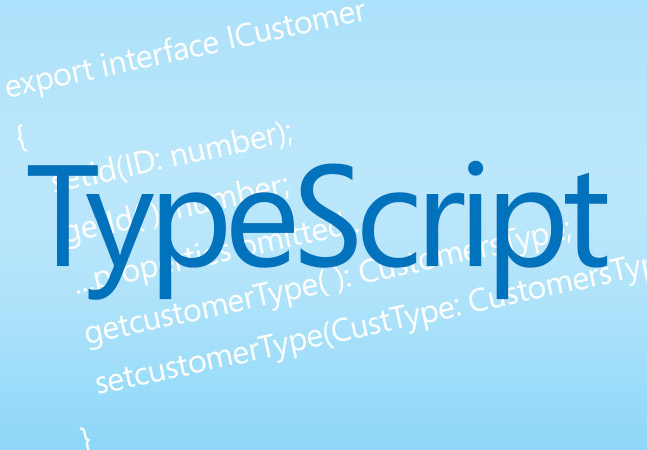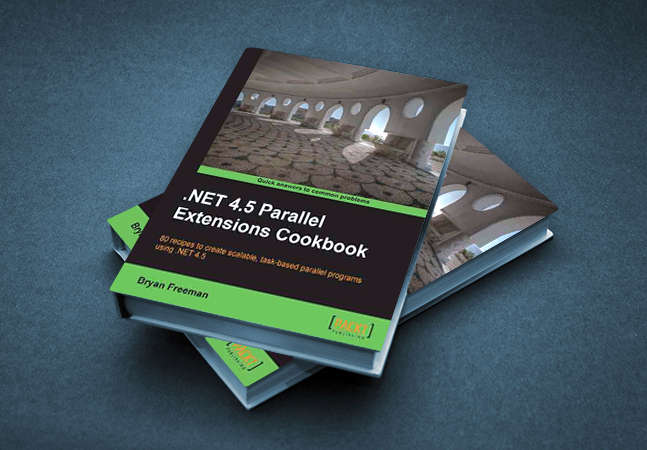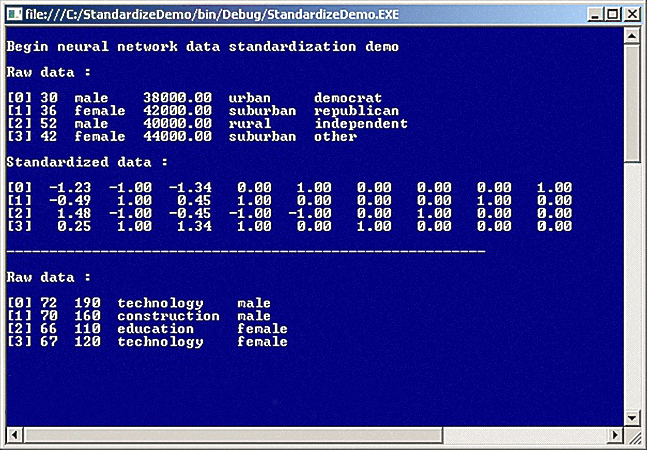
Evolutionary optimization (EO) is a type of genetic algorithm that can help minimize the error between computed output values and training data target output values. Use this demo program to learn to the method.
- By James McCaffrey
- 02/18/2014

Sometimes you can improve your application's response time by shunting some activities to offline processing -- sending an e-mail response, for instance. Here's how to use Microsoft Message Queue (available on both your development and production computers) to simplify the process.

Microsoft needs fixing. Here's a list of the first things the new CEO should consider taking on.
- By Andrew J. Brust
- 02/11/2014

Incorporate the free database library with these easy, step-by-step directions.

Like riding a bike, knowledge of regular expressions will stay with you forever, allowing you to manipulate text quickly and easily. In this part of the series, Ondrej focuses in on groups, positioning and tools.
- By Ondrej Balas
- 02/05/2014

There are numerous ways to implement a fluent API, depending on the degree of control you want to maintain over the API, how many classes you want to be able to use it with, and how you want to extend your API. Here are your options.

That dinosaur of an office appliance -- the fax machine -- plays an unexpected role in Jason's Web site registration puzzle.

Wally walks you through the two controls you can use to easily navigate your iOS apps.
- By Wallace McClure
- 01/24/2014

Peter walks through a simple Web page that retrieves and updates data on the server to summarize his best practices for creating the client-side portion of an ASP.NET application.

The introduction of Visual Studio Online doesn't mean the end of Team Foundation Server, but it does change the way Microsoft does application lifecycle management.
- By Mickey Gousset
- 01/17/2014

Bryan Freeman's book on creating asynchronous applications does a great job of explaining the technology the .NET Framework provides for creating asynchronous applications.

Understanding data encoding and normalization is an absolutely essential skill when working with neural networks. James McCaffrey walks you through what you need to know to get started.
- By James McCaffrey
- 01/15/2014

Just because your language can do it, it doesn't mean that you should.

Nick Randolph walks through adding analytics to your Windows Phone application using Application Insights for Visual Studio Online.
- By Nick Randolph
- 01/13/2014

Toolbox is a collection of handy tools, libraries, frameworks and information that helps you code. In this installment I've collected some new and popular JavaScript frameworks and testing tools.
- By Terrence Dorsey
- 01/10/2014

Regular expressions are like power tools: They may look scary, but are easy to use once you understand their basic building blocks.
- By Ondrej Balas
- 01/09/2014

You can't "grow" a fluent API; you need to understand how developers will need (and expect) to use your API. Here's a case study of what the design process for a fluent API looks like.

Once you've delivered server-side objects to your client, you're going to need to manage them. Here's how to integrate a powerful client-side (and server-side) object manager into your application using TypeScript.

Go inside the protocol that's the backbone for today's modern, cloud-based applications.
- By Patrick Steele
- 12/23/2013

Peter continues to look at the value of imposing naming conventions on developers; but this time, he looks at the benefits related to understanding the business problem, as well as why flexibility is crucial.